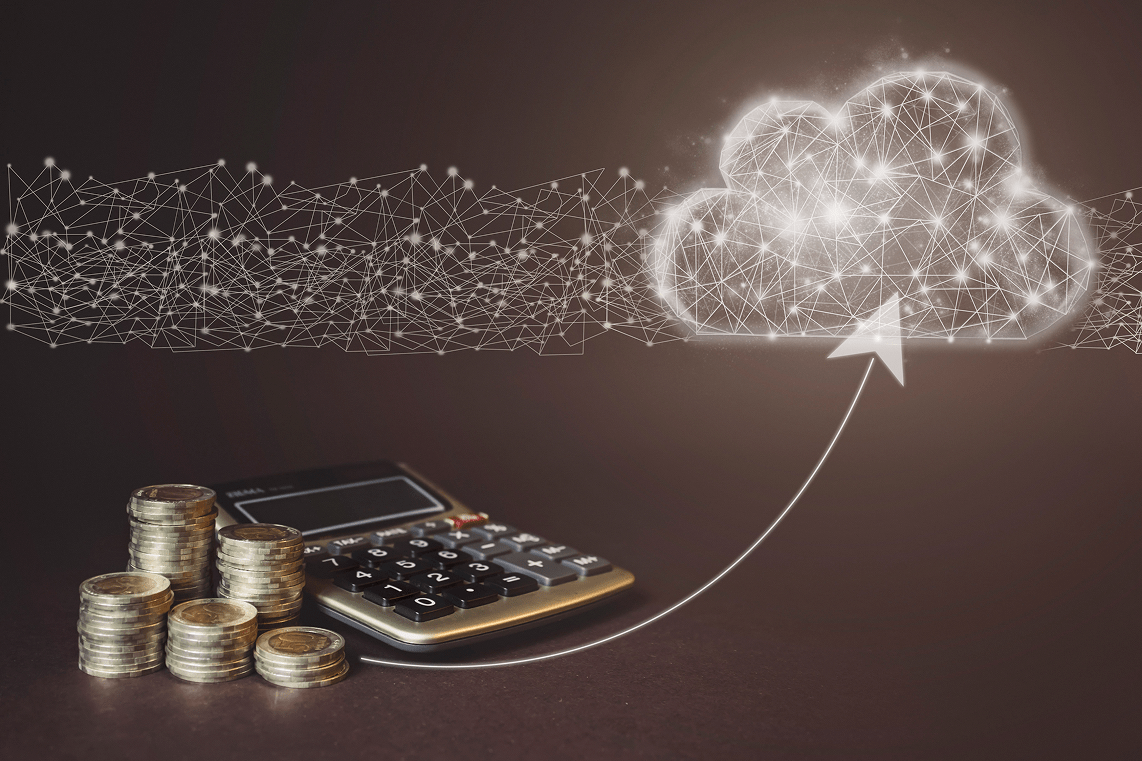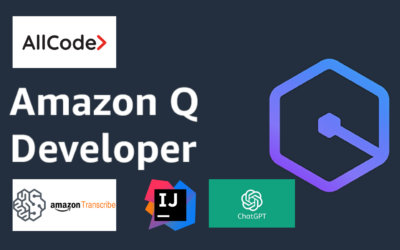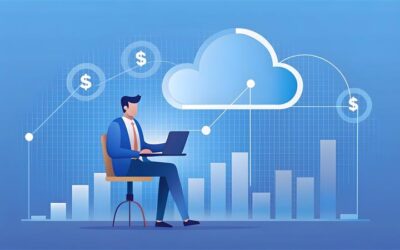The Daily Dose
Our regularly updated blog on all the things that we think you will find interesting. AWS, Cloud, Healthcare, Mobile apps, tutorials and more.
Top 25 AWS Services
Learn about our Top AWS Services for 2023 and prepare your journey through the cloud with precision and confidence.
Read more ➞
Top 10 AWS Migration Services
Discover our top services for helping you migrate over to the AWS cloud.
Read more ➞
AWS Business Continuity Plan
Learn how to create an effective business continuity plan for your AWS stack.
Read more ➞
Replatform, Refactor, or Rehost? Choosing the Right AWS Migration Strategy
Replatform, Refactor, or Rehost? Choosing the Right AWS Migration StrategyAWS migration...
AI in Software Development: Benefits, Tools & Trends (2025)
AI in Software Development: Benefits, Tools & Trends (2025)Artificial Intelligence (AI) has...
Cloud Migration Challenges Revealed: AWS Transition Survey
Cloud Migration Challenges Revealed: AWS Transition SurveyAs organisations push toward digital...
Best AWS Cost Optimization Tools and Tips: Ultimate Guide
Best AWS Cost Optimization Tools and Tips: Ultimate Guide Want to cut your AWS bill by 30%...
AllCode Partners with Ingram Micro for Scalable IT Solutions
AllCode Partners with Ingram Micro for Scalable IT SolutionsAllCode has officially announced a...
How AllCode Helped Clients Optimize Email Deliverability with Amazon SES
How AllCode Helped Clients Optimize Email Deliverability with Amazon SESAt AllCode, we help...
Using Amazon Q Developer CLI to build a GenAI Chat Bot
Using Amazon Q Developer CLI to build a GenAI Chat Bot We have this new initiative that enables...
What Is Cloud Financial Management?
What Is Cloud Financial Management?Cloud Financial Management helps agencies track, measure, and...
How to Make an AI System? A Complete Guide
How to Make an AI System? A Complete GuideAI systems are transforming how agencies and people...










